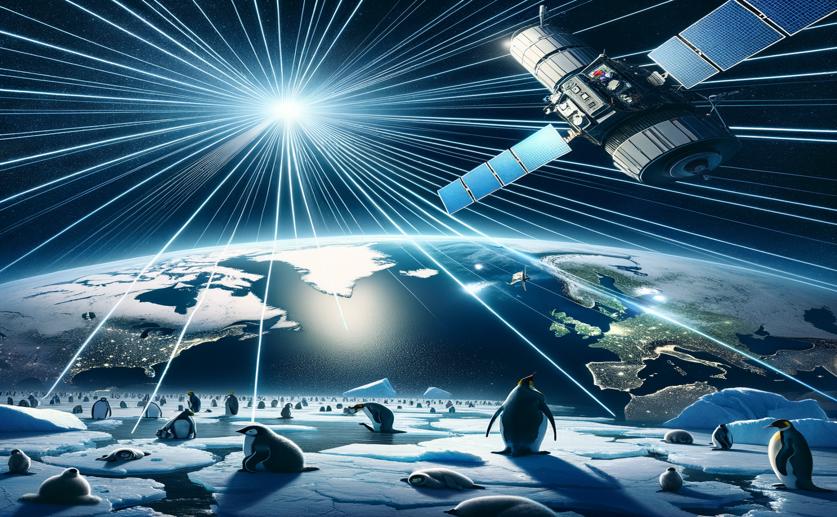
Tracking Satellite Data to Protect Penguin Molting Zones
Greg Howard
28th April, 2024

Image Source: Natural Science News, 2024
Key Findings
- In a study at Rothschild Island, Antarctica, emperor penguins adapted to extensive sea ice, foraging within 100 km of land
- Penguins showed flexibility in foraging locations, often near open water or ice features, suggesting adaptability to varying ice conditions
- Concerns arise for future molting sites as sea ice declines, potentially impacting adult penguin survival
EnvironmentEcologyMarine Biology
References
Main Study
1) Using telemetry data and the sea ice satellite record to identify vulnerabilities in critical moult habitat for emperor penguins in West Antarctica
Published 25th April, 2024
https://doi.org/10.1007/s00300-024-03252-x
Related Studies
2) Ocean forcing of glacier retreat in the western Antarctic Peninsula.
3) Male Antarctic fur seals: neglected food competitors of bioindicator species in the context of an increasing Antarctic krill fishery.
4) Emperor penguins adjust swim speed according to the above-water height of ice holes through which they exit.
Journal: The Journal of experimental biology, Issue: Vol 208, Issue Pt 13, Jul 2005
5) Bayesian estimation of animal movement from archival and satellite tags.



 11th March, 2024 | Jenn Hoskins
11th March, 2024 | Jenn Hoskins